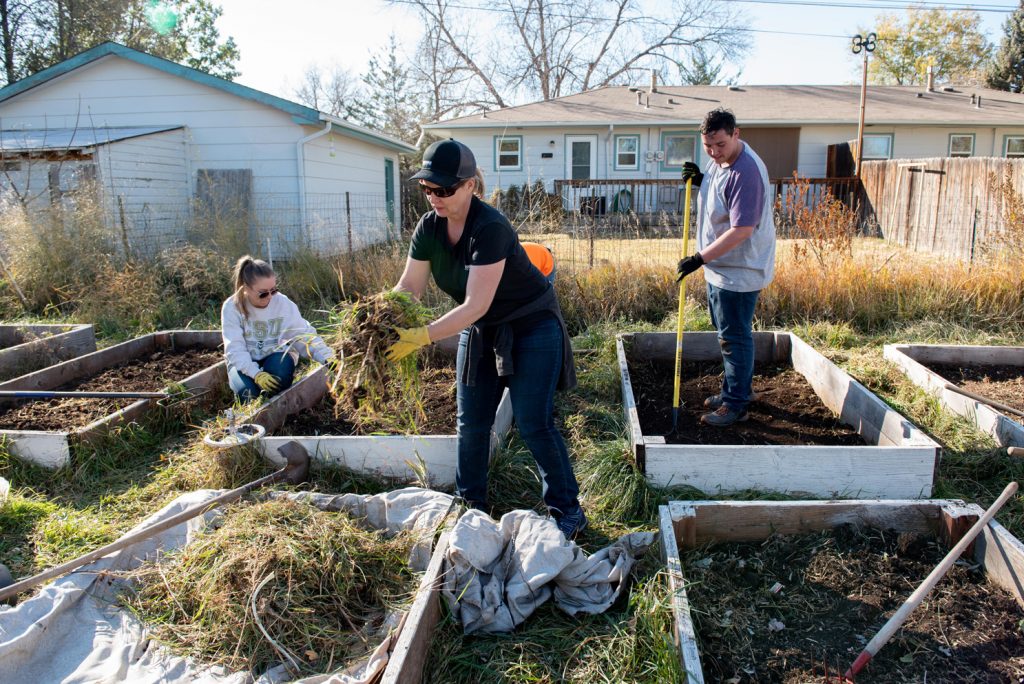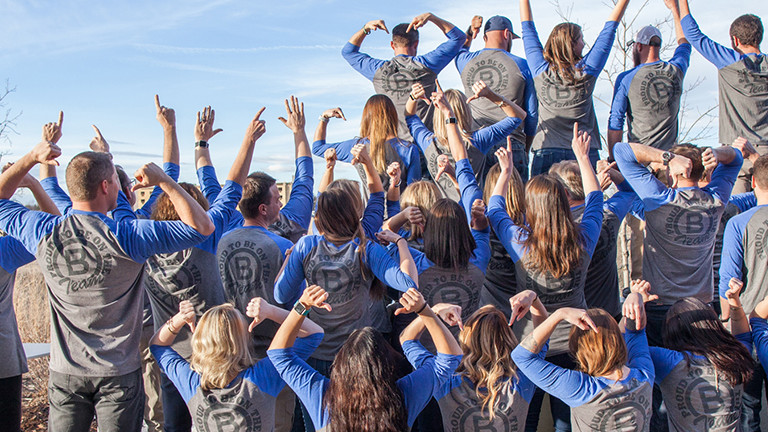As we close in on our 2nd anniversary of B Corp certification, we continue to make positive changes in our business that contribute to our mission of Using Business as a Force for Good. Although recertification isn’t until 2021, we continually utilize the B Impact Assessment to gauge our progress over time. In the last year, our score has increased as we continue to push boundaries, make improvements in each of the pillars of the B Corp community, and take a triple bottom line perspective to our business.

Certified B Corps are for-profit businesses that put people and planet on the same level as profit. Similar to what fair trade is to coffee, the certification process requires businesses to meet the highest standards of verified social and environmental performance, public transparency, and legal accountability.
This global movement began because it became evident that society’s most challenging problems will never be solved if we depend solely on government and nonprofits. Private companies must commit to “using business as a force for good” by using profits and growth as a means to a greater end: positive impact for their employees, communities, and the environment. The B Impact Assessment is the tool used to measure a company’s impact and it is broken down into sections: Good for Workers, Good for Community, Good for Customers, Good for Environment, and Good for Governance.
Good for Workers
The “Good for Workers” portion of the B Impact Assessment focuses on how we impact our employees and is one of the largest impact areas we’re assessed on. It includes four main categories – 1) financial security, 2) health, wellness, and safety, 3) career development, and 4) engagement and satisfaction. Among the many business practices that are considered in this pillar of the B Impact Assessment, providing for our employees’ health and wellness are vitally important. Brinkman continues to offer employee benefits that exceed benchmarking data and have committed to providing additional company investments to coverage despite drastically increasing healthcare costs. We’ve extended our 401k participation to our part-time employees in addition to our full-time employees and placed a strong emphasis on promoting internally to provide growth opportunities to our best and brightest.
 Good for Community
Good for Community
The “Good for Community” section of the B Impact Assessment evaluates our positive impact on the external communities in which we operate. The assessment covers topics like diversity, economic impact, civic engagement, and supply chain impact. Some of the factors that have affected our score are the fact that our ownership is located in the same place as most of our workforce and the fact that more than half of our leadership team are made up of women. Brinkman shows our commitment to being good for our community through our paid volunteer time off benefit and our formalized commitment to investing 10% of our net income to nonprofit partners.
Good for Customers
The “Good for Customers” section is a new impact area focused on customer stewardship. This area determines what the organization makes available to customers and how well they are serviced. This is broken down into three main categories: 1) customer impact, 2) customer stewardship, and 3) indirect service to underserved populations. By formalizing our quality control processes, enhancing our customer feedback loop, and putting written policies in place for ethical marketing, advertisement or customer engagement, we project that we’ll have sustained success in this area.
Good for Environment

The “Good for Environment” impact area evaluates the company’s overall environmental stewardship and includes three main categories: 1) environmental management, 2) air and climate, and 3) water. This area is concerned with not only the impact our projects and work have on these resources, but also the impact our employees have. One business practice we’ve implemented more on projects is our utilization of green loans to reduce energy and water consumption in the buildings we develop and manage. We’ve also utilized the Energy Start Portfolio Manager, started in-office composting, and switched to green coffee.
Good for Governance
The “Good for Governance” impact area evaluates a company’s overall mission, ethics, accountability, and transparency. Many of the desired practices were already ingrained in our operations and others were implemented in the last few years as we continue to be a mission-driven real estate company. We utilize the StratOp system for strategic and operational decisions and segregate financial controls to maintain transparency and accountability. We’ve begun providing B Corp training to all new employees and put measures in place to determine our social and environmental impact in our decision making.
All of these practices help us use business as a force for good, but we’re just scratching the surface. We’re committed to continual improvement to ensure we’re bettering ourselves and our business year after year.
SHARE THIS POST
NEWSLETTER SIGN UP
RECENT NEWS
February 15, 2024
Brinkman Real Estate Quarterly Update – Q1 2024
February 1, 2024
Colorado company purchases Nampa townhomes
January 10, 2024
Brinkman Acquires 188-Unit Southside Townhomes in Boise MSA
A PROVEN TRACK RECORD OF INVESTMENT
UNION POINTE
Longmont, CO
This 256-unit multi-family project traded for a record price in the Longmont market.
EVERSAGE APARTMENTS
Payson, UT
Our team executed unprecedented deal terms on this 168-unit complex located within the fastest-growing region of the Greater Salt Lake Area.
KING WEST ONE
Billings, MT
This 128-unit acquisition maximizes on the forward momentum of the Billings market and the operational upside of the property.
Comprehensive Real Estate Services
We have deep expertise in all aspects of real estate investment, from acquisition to asset management and everything in between.
